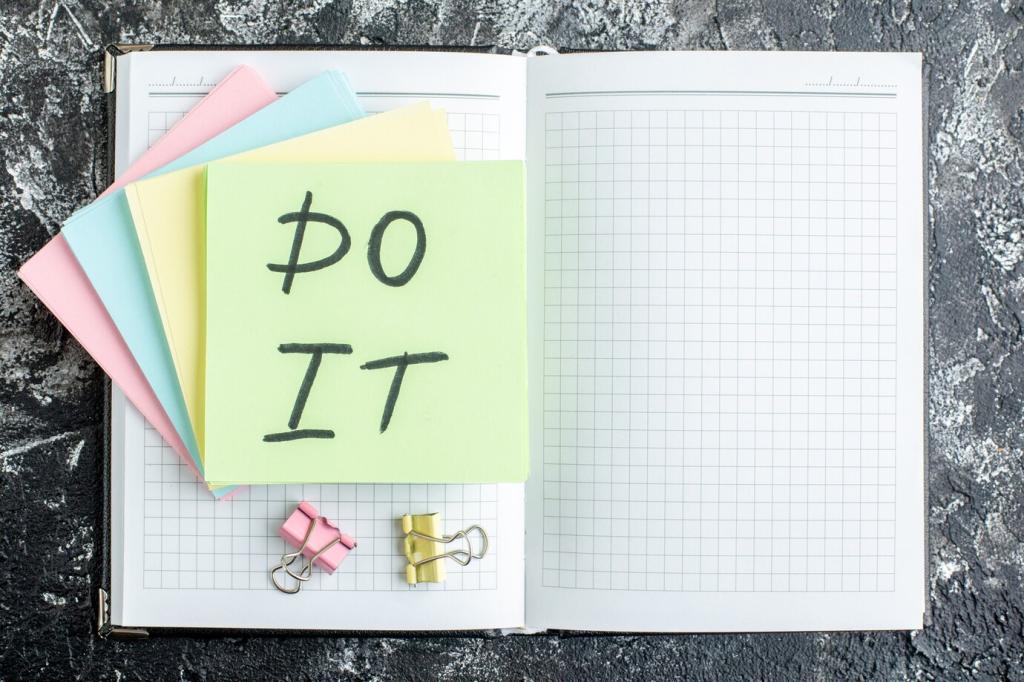Tools and Setup: Start Smart, Finish Smarter
You’ll need a lug wrench, jack and jack stands, wheel chocks, a socket set, a breaker bar, a C-clamp or piston compressor, brake cleaner, shop rags, a wire brush, and high-temperature brake grease. Optional but helpful: torque wrench, bungee cord, and penetrating oil. Lay everything out before lifting the car to avoid scrambling mid-repair.
Tools and Setup: Start Smart, Finish Smarter
Consult your manual for proper jacking points. Chock the wheels, loosen lug nuts slightly on the ground, then lift and place jack stands under solid support locations. Give the car a gentle shake to confirm stability. Keep your body clear of pinch points and never crawl under a vehicle supported only by a jack.





